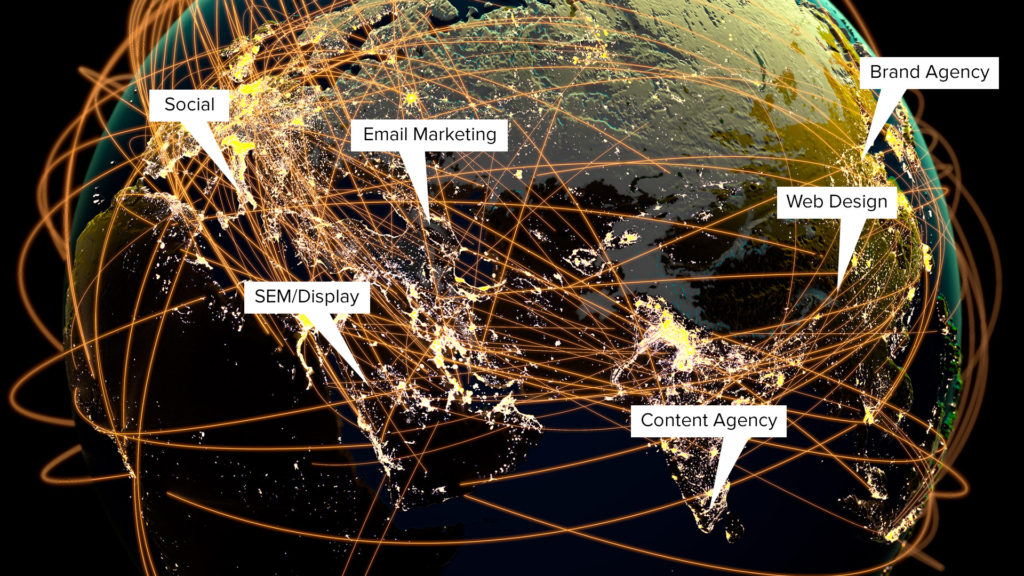
Storytelling is so much a part of human experience that it’s almost a part of our DNA. Since the beginning of human existence, we’ve used stories to connect generations – stories have been the medium through which we’ve carried forward our history, culture and beliefs. A good story reflects who we are and where we come from. The power of storytelling is that it allows us to dream, feel, believe, share and inspire others.
Like humans, brands can use storytelling to build relationships and connections with others. This medium offers a great opportunity for brands to connect on a deeper, almost primitive level, where the filters are off and the person is really hearing you. For a brand story to work though, it must be delivered in a genuine way. Further, the content of the story itself must not be laced with agenda – like selling more products – or you’ll risk losing the ear of your audience, or worse yet, their trust and respect. As it has been through the generations, the storyteller must give of themselves almost as though there were no self.
So, how can your brand leverage the power of storytelling in its marketing campaign? To answer this, let’s first try to understand why storytelling is indeed so powerful.
Why are we so drawn to a great story?

“…a simple story, well told, need not be told with any of these embellishments…”
Nick Cantor, Co-founder & Digital Director
Storytelling is how we share knowledge, culture, values and beliefs. And it’s for that reason that we are so innately drawn to them. But it’s likely for a simpler reason that we feel drawn to a story – without an ear for stories, we could miss out on vital information where the consequences are potentially catastrophic. Imagine if you missed hearing about tigers being seen nearby in the forest? If it’s not a life-saving consequence, how about a social consequence, like not being of value to your tribe with stories of culture or values?
Time has in a sense allowed these stories to get richer (think recorded audio, video, interactive experiences, computer animations, etc.), but a simple story, well told, need not be told with any of these embellishments. If a story is entertaining or of importance, we’ll be there.
And of course, if you break this down, there’s one common element here that’s crucial to understand – people are drawn to a story that is in one way or another about them.
So, brands can harness this natural attraction to a story if they are able to make the story either entertaining or of importance (or both!).
Let’s take a look at some real-world examples.
-
Apple - Think Different
-
Johnny Walker - Keep Walking
-
Dove - Real Beauty
-
Nike - Just Do It
The anatomy of a great story
Whilst the above is true for a story to simply be heard, making a story great requires a few other special ingredients. This is as true in storytelling for people as it is for brands. To make your story great, consider the following:
- Trust is an important part of any interaction so the audience needs to feel they can trust the storyteller and the characters in the story itself.
- If the audience cannot relate to the story being told, you will lose their interest fast, so try to understand your audience and see if you can craft the story, or at least the way it’s being told to the audience. If you can make them nod in understanding and agreement, you’ve achieved success.
- At its heart, any good story is simple, so be sure to focus on the clarity of thought and the ease with which the story can be understood.
- With the above points covered, we’re now ready to engage with your audience on a deeper level. It’s time to focus on emotion and inspiration. How can you make the audience feel something? Can you inspire them to dream? To wish for more, for themselves or the world?
- Then come the next steps, the logical conclusion after the story – what do you want the audience to do as a result of hearing the story? It’s only natural for a good story to leave us wondering how we can keep that feeling going, or to do something about it. Be clear on that if you want the story to live beyond its telling.
- With all that connection and value, it’s natural in personal story telling for a bond to develop. Now that you’ve made a connection, how do you maintain it? For brands, a story based around values or character of a brand are likely much easier to sustain, to follow-up, if the original story pertained to these same values or character too. If you’ve achieved any of the above, your audience is now likely open to hear more from so be sure to feed their interest or you may risk upsetting them. Treat this trust and interest with respect, as you likely would on a personal level.
What do stories do for brand identity?
When a brand has well-defined values, lives those values and disseminates those values through the art of storytelling, people will start developing a relationship with not just one of your stories, but your overall brand narrative. From there, they are more likely to read an email or article, talk about a brand and yes, buy it’s products.
How can you find your own brand story?
You might have read this far and still be wondering – how do I find my brand’s story? If the answer isn’t immediately apparent to you, there are some key questions you can ask that will help to build or better articulate what makes your brand unique. These following thought starters will help you to visualise your story. Simply write the answers to the below questions down and see what takes shape in front of you.
- Why does your brand exist?
- You started somewhere, where were you born? Who started the brand?
- What value are you bringing your customers? What do you promise them?
- If the brand was a character or personality, how would you describe it?
- What does your brand look like? If I were a person, how would it speak?
- How do you do the things you do? Are there any philosophies you use to get it done?
- Is there a particular group of people you help or type of person whose lives you enrich?
Telling your story
Certainly, the ways you can tell a story have come a long way from fireside chats or cave drawings, and the choices available in the modern world of communications can seem daunting at times. There are a number of ways to tell your story, but before you get bogged down in the complexities, the critical thing is being consistent across all of your media. And be sure to use paid, earned and organic media in accordance with its strengths, because each channel provides different opportunities to talk about your brand.
Walking the walk
At The Walk, we believe every brand has a story. We hope this piece will help you uncover yours and to leverage the power of storytelling. If you’ve thought about it but can’t describe what your story is, we’d love to help you articulate it. Or if you simply want some help telling it, we’d be excited to walk that path with you. Helping a brand live its values is one of the most important and rewarding things we can do.




Be the first to comment on "The power of storytelling in marketing"